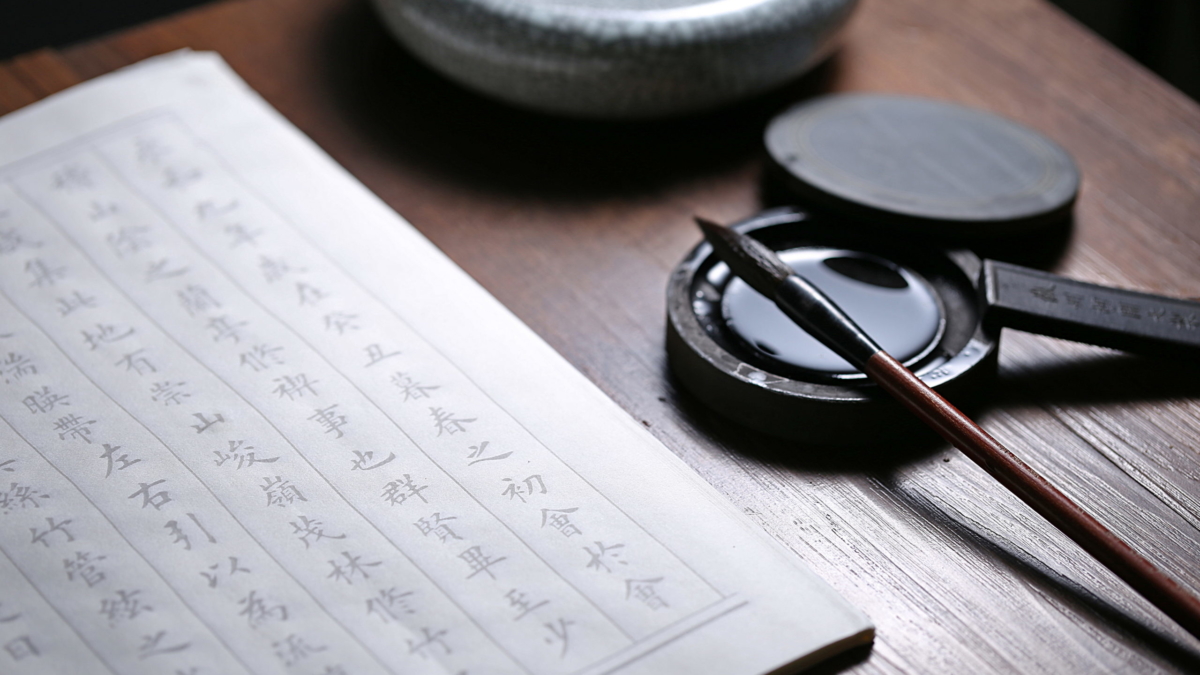That is a common question among Japanese students trying to master not only the two kana syllabaries (hiragana and katakana), but also putting all the effort into learning the more complicated kanji, of Chinese origin.
Even a beginner student is already familiar with the existence of these three writing systems, at least knowing their names which are always explained in first Japanese classes. Simplified definitions like hiragana are used for Japanese words, katakana for foreign ones, and kanji for nouns, and the roots of verbs and adjectives, only define the modern Japanese. But why and when the Japanese people included them in their language is only sometimes covered. To understand where all this comes from, we must explore history.
Thousands of years ago, during the prehistoric era (~AD 600, Jomon, Yayoi, and Kofun periods), the Japanese language didn’t have a script. The evidence demostrates that with the arrival of different objects from the continent, Japanese people began to be familiarized with the Chinese characters imprinted on them. Later, between the 5th-7th centuries, the Chinese writing system was introduced along with Buddhism.
At first, bilingual immigrant priests used the Chinese language for writing; eventually, the local elite started to learn it and took the Chinese characters phonetically to represent Japanese, using only their sounds and not their meanings; this was called manyougana 万葉仮名, and explains why many kanji have two or more readings nowadays. One is the on yomi 音読 (the Chinese reading, as interpreted by the Japanese speakers), and the other is kun yomi 訓読 (the Japanese reading).
Towards the beginning of the Nara period (710-794), various important documents appeared. The most emblematic ones are the Kojiki 古事記 (712), ‘Records of ancient matters,’ and the Nihon Shoki 日本書紀 (720), ‘The Chronicles of Japan,’ both about Japan’s history, containing the fundamentals of the Japanese mythological origins. These are the oldest documents written purely in Japanese, using Chinese script.
Writing only with kanji was extremely difficult because the two languages differ totally. Therefore, during the Heian period (794-1192), the Japanese developed the kana syllabaries (9th century), which allowed them to write in their own language. Katakana appeared first as a way to simplify difficult Chinese characters. Each katakana symbol represents a less complicated version of a kanji, used especially by intellectual men.
During that period, great literature appeared mostly written by women of the Heian court, who probably invented hiragana (from a different set of kanji), because katakana was reserved only for men. Around the year 1000, literary works written in hiragana by women emerged, like The Pillow Book or Makura no Soushi, by Sei Shounagon, and The Tale of Genji or Genji Monogatari, by Shikibu Murasaki (considered the first novel in the world’s literature history).
Until the Edo period (1603-1867), the three systems in use did not have clear rules, but most of the books were written in a combination of kanji and hiragana. Thus, the small hiragana symbols placed over a kanji to represent its reading, called furigana ふりがな, were introduced to help the less skilled readers.
Later, during the so-called Meiji Restoration (1868)–and with the advent of Japan’s modernization–, the government imposed strict rules concerning the writing system to increase the literacy rate of the general population, determining the 46 sounds in each kana syllabary and establishing 1936 kanji as of common use, the Jouyou kanji 常用漢字.
After that, fast forward to 2010, the Ministry of Education established the current 2136 kanji to be the number of characters students must learn during their 12 school years. Experts estimate that more than 10,000 kanji are in use today, but only 2136 are enough to be literate in Japan; mastering those kanji allows us to read not only signs on the streets, but also newspapers, books, and general documents. Thus, it is a great skill for a better life in Japan.
Facts about the Japanese Writing System:
• Noh theater, developed during the Muromachi period (1336-1573), was written entirely in katakana.
• In the middle of the 16th century, Jesuit missionaries from Portugal and Spain arrived in Japan. They introduced the Roman alphabet and words like pan パン, carta カルタ, or tabaco タバコ.
• Kanji in Mandarin Chinese are known as hanzi. This word comes from the Han Dynasty, which ruled China from 206 BC to 220 AD. There, kanji have a long history of more than 3000 years.
• The kanji currently in use in Japanese are the same as the one from the old Chinese, not the simplified modern versions used nowadays in China.
• Besides the two kana syllabaries and kanji, the Japanese writing system has a way to transliterate Japanese into the Roman alphabet known as romaji, consisting of various systems with their own rules (the main ones are called Kunrei and Hepburn).
• Hiragana and katakana use the same 46 set of symbols with identical sounds: 5 vowels, 40 syllables, and 1 consonant (the ‘n’ sound).
• Chinese and Japanese people can understand some written concepts when represented in kanji, but they will need help to read them out loud in the other language.
• Katakana was used in official documents, along with kanji, until the end of World War II.
• Using Katakana to represent loanwords (gairaigo 外来語) other than those of Chinese origin was a common practice since the Taisho period (1912-1926). Still, the official rules for its usage were only established in 1954.
If you want to learn more about the Japanese writing system and, actually, master it, consider taking our Japanese language courses, we have plenty of options for you.
References:
- Hasegawa, Y. (2015). Japanese, A Linguistic Introduction. Cambridge University Press.
- Igarashi, Y. (2007). The Changing Role of Katakana in the Japanese Writing System: Processing and Pedagogical Dimensions for Native Speakers and Foreign Learners. [Doctoral Dissertation. University of Victoria]. https://shorturl.at/censw
- Photo: Image by xb100 on Freepik.



Leave a Comment